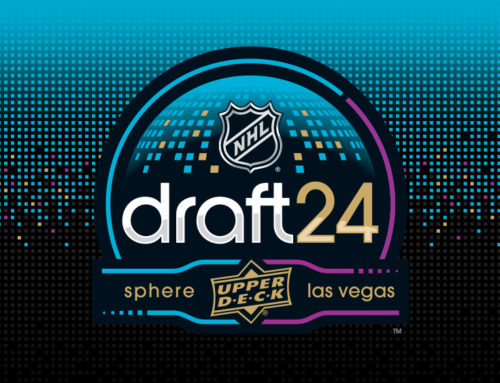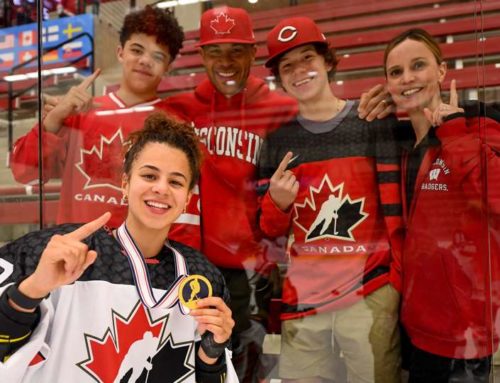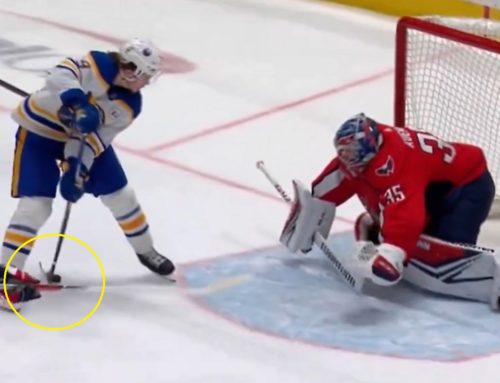Prospect Ramblings: Entry-level Contracts and Team Composition (August 7, 2016)
Hayden Soboleski
2016-08-07
How many budget entry-level contracts does a team need on their NHL roster to be afford to be competitve? I take a look in this Sunday's Ramblings…

***
Its no secret that many teams hancuff themselves when it comes to the salary cap. You can't be competitive without top talent (which doesn't come cheap), so to balance a top-heavy roster, organizations rely on budget contracts. And what's the best way to have talented players being paid (often) less than they're worth? Entry-level contracts. We know that to be a truly deep team young, cheap contribution is required, but how much of a roster needs to be composed of these prospects? I'm going to try to find out.
I want to find out what percentage of a team's roster is made of up players on ELCs, and what percentage of the team's cap space thoseplyers actually accounted for. I used past years' cap numbers from stats.nhlnumbers.com, and manually went through rosters to find which players were on ELCs at the time. For each year, I took the average values from both teams in the Stanley Cup FInals, and both teams that finished at the top of their division. I looked at the last three years, as organizations are starting to get the hang of this whole salary cap business.
Here is the data I've used for my study:
|
Year
|
Stanley Cup Finals Teams | Top Regular Season Teams | ||
| Roster composition | Cap composition | Roster composition | Cap composition | |
| 2015-16 | 23.8% | 5.30% | 20.5% | 6.0% |
| 2014-15 | 30.2% | 9.05% | 25.0% | 8.4% |
| 2013-14 | 20.4% | 5.20% | 27.3% | 8.6% |
Roster composition = % of players on their ELC
Cap composition = % of team's total cap hit is being used on these ELCs
So what do we see here?
There is variation from year-to-year, but we see that the best of the best each year typically have about 1/4 of their team (approximately 5 players) on entry level deals. These numbers usually included the backup goaltender (but not always), which means that teams normally had 4 contributors doing their job on budget salaries. This average is very close to the same for rosters with both playoff success and those with only regular season success. In the 12 strong teams over 3 years I investigated, the minimum number of ELCS was 3 and maximum was 8, so there was deviation from the average. I can't make any decisive conclusions based on these numbers, but it does appear that there is a sweet spot of approximately 4 skaters on ELCs that allows for a balanced cap hit of pricey vets and budget prospects.
The second column for each group is fun to look at but difficult to draw conclusions from. Obviously, if a manager can get a large chunk of their roster to be paid a small piece of the total salary cap pie, they've done their job well. So the "Cap composition" number tells us how efficient each group was with their budgeting. We see that successful teams typically spend between 5-9% of their budget on 20-30% of their roster. This is good business, and the essence of why its so important to have a good talent pipeline. These players making up the 20-30% ren't stars yet (usually), but are solid players capable of contributing somewhere in the lineup. A prospect drafted by the team will come cheaper than a UFA rental most of the time, and usually has more potential than a UFA someone else let go anyways.
***
This Ramblings wasn't about any specific prospects covered on this site, but about showing how important it is for organizations to have propsects to put in the lineup. You may very well be able to win with all veterans and superstars, but good luck paying 21 or more of them in a salary capped league. So when forcasting your team's lineup for next year, consider how a prospect;s chances may be better than you think when considering how tight teams are forced to work with their money.
***
As always, thank you for reading and best of luck in your summer drafts!
Hayden Soboleski
@soboleski_h






